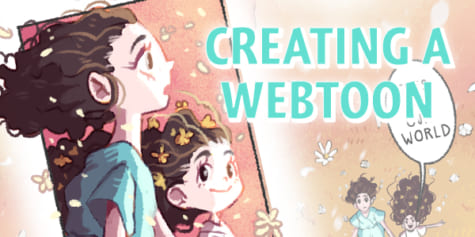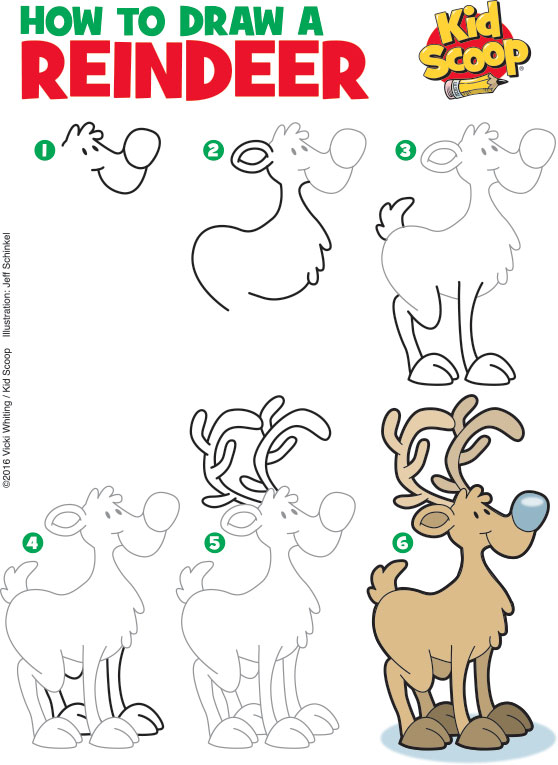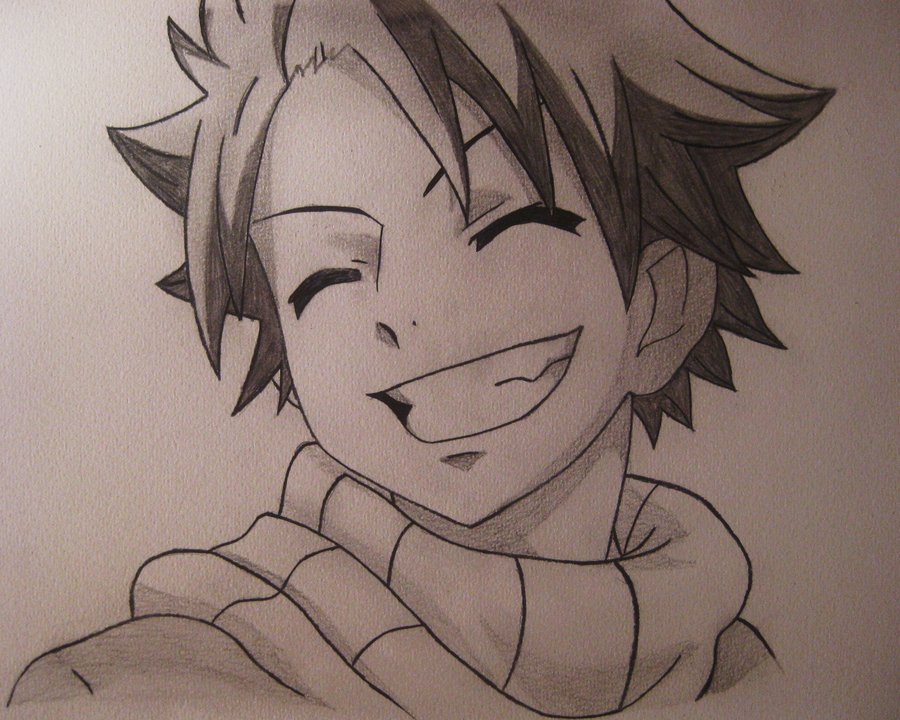Webcomic draw shadow advice
Table of Contents
Table of Contents
Are you passionate about storytelling and want to express your creativity through visual art? Then, creating a webcomic can be an excellent way to showcase your imagination and connect with a like-minded community. With the increasing popularity of webcomics, it has become easier than ever to share your stories with the world through various online platforms.
Challenges in Creating Webcomics
Whether you’re a professional artist or a hobbyist, creating a successful webcomic requires more than just drawing skills. You need to have a well-developed storyline, appealing characters, a readable layout, and a marketing strategy to engage your audience. It can be overwhelming to tackle all these aspects single-handedly and maintain consistency in your work.
How to Draw a Webcomic
The first step in drawing a webcomic is to have a clear idea of the story you want to tell. You can start with a simple concept and build it up gradually or dive into a complex plot with multiple characters. To create appealing characters, you can take inspiration from people or animals around you, your favorite movies or books, or even your own life experiences.
Once you have a rough idea of the story and characters, you can create a script or an outline to plan the plot in detail. It’s essential to have a consistent visual style and a readable layout that complements the storyline. You can experiment with different panel designs, speech bubbles, and color schemes to create a unique look for your webcomic.
Key Points to Remember
- Develop a clear storyline and appealing characters
- Create a consistent visual style and readable layout
- Experiment with panel designs, speech bubbles, and color schemes
- Engage with your audience through various online platforms
Personal Experience and Tips
When I started drawing my first webcomic, I struggled with creating a compelling plot that could sustain multiple episodes. It took me a while to brainstorm different ideas and finally settle on a storyline that I felt passionate about. I also faced challenges in creating consistent character designs and finding the right balance between text and visuals in my panels.
However, with consistent practice and constructive feedback from my peers, I was able to improve my drawing skills and create a loyal audience for my webcomic. My tip for beginners is to focus on creating a unique and relatable story that resonates with your audience rather than just perfecting your drawing technique.
Marketing and Promotion
To make your webcomic reach a wider audience, it’s crucial to promote it through various online platforms such as social media, forums, or blogs. You can also collaborate with other webcomic creators or participate in online competitions to increase your visibility. It’s important to engage with your audience through regular updates, contests, or feedback sessions to build a loyal community that supports your work.
Monetizing Your Webcomic
If you’re looking to monetize your webcomic, you can explore different options such as crowdfunding, merchandise sales, or publishing deals. It’s essential to have a solid strategy in place that aligns with your long-term goals and artist values.
Question and Answer
Q: Do I need to be a professional artist to create a webcomic?
A: No, you don’t need to have formal training in art to create a webcomic. However, you need to have a basic understanding of drawing techniques, character design, and panel layout to create a visually appealing comic.
Q: How long does it take to create a webcomic?
A: The time taken to create a webcomic varies based on the complexity of the storyline, the frequency of updates, and the artist’s drawing speed. Some webcomic artists can create a page in a few hours, while others may take days or even weeks to finalize a chapter.
Q: Can I use copyrighted characters in my webcomic without permission?
A: No, it’s not legal to use copyrighted characters or intellectual properties without the owner’s permission. It’s essential to create original characters and storylines or take inspiration from public domain materials.
Q: How much money can I earn from a webcomic?
A: The earning potential of a webcomic depends on various factors such as the audience size, advertising revenue, merchandise sales, and crowdfunding support. Some webcomic artists can earn a significant income from their work, while others may use it as a side hustle or a creative outlet.
Conclusion of How to Draw a Webcomic
Drawing a webcomic requires a combination of artistic skills, storytelling abilities, and marketing strategies. By developing a clear storyline, creating appealing characters, experimenting with visuals, and promoting your work online, you can create a successful webcomic that connects with your audience and showcases your creativity.
Gallery
How To Draw A Webcomic Or Not: Advice For Webcomic Artists

Photo Credit by: bing.com /
How To Draw A Webcomic Or Not: Advice For Webcomic Artists

Photo Credit by: bing.com / webcomic draw shadow advice
Creating A Hand-Crafted Style Webtoon | Art Rocket

Photo Credit by: bing.com /
How To Draw Webcomics? - Gajotres

Photo Credit by: bing.com / webcomics webcomic advise
Purple Hyacinth | Hyacinth, Webtoon, Concept Art Characters

Photo Credit by: bing.com / hyacinth webtoon sophism





